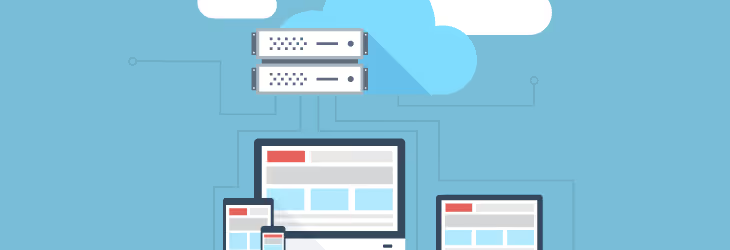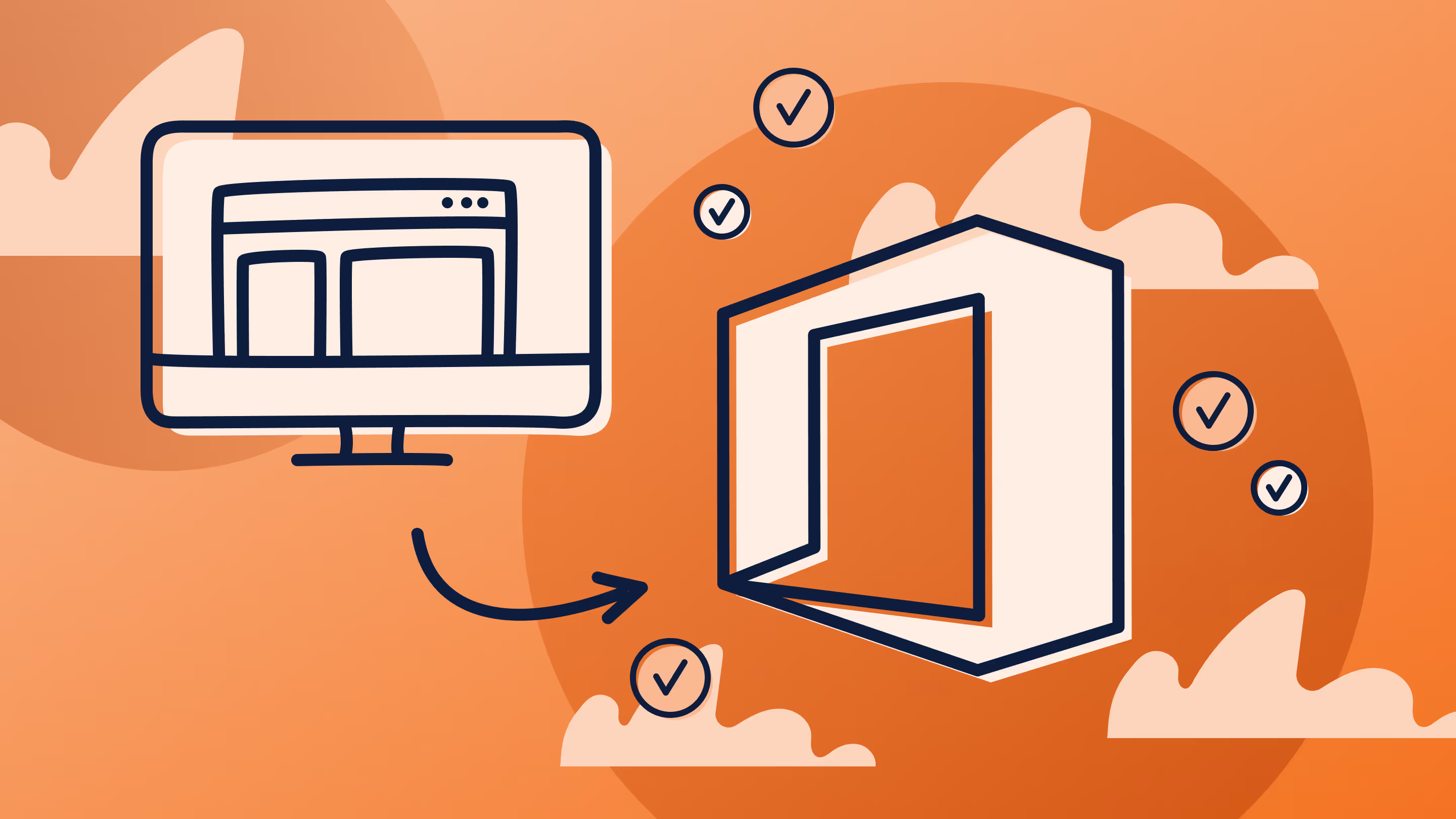What are the differences between SharePoint versions & Office 365

Table of contents
The SharePoint landscape has a quite fascinating history. The product currently has at least 4 versions still in active use - SharePoint 2007, 2010, 2013 and Office 365.But that’s not all; SharePoint 2016 is soon to join the family. Delve a little deeper and we're sure that SharePoint 2003, and even 2001, are still kicking around somewhere in the darker corners of some companies.Over the years, and across these versions, we’ve seen quite significant changes in SharePoint. The product has evolved enormously and we wanted to take a look at exactly what’s changed.This blog post is the first of three posts that's going to look at the key differences between SharePoint versions.To start, it might help if we build a quick timeline of recent history:
- SharePoint 2007: Released in 2006
- SharePoint 2010: Released in 2010
- Office 365: Released in 2011 (With SharePoint2010 interface)
- SharePoint 2013: Released in 2012
- Office 365 Upgraded: 2013
With each release, Microsoft has added new features and rebuilt others. A quick summary of these is as follows:
SharePoint 2007
- Introduction of Excel Services
- Introduction of Content types
- Introduction of SharePoint Designer (Post FrontPage era begins)
SharePoint 2010
- Introduction of the “ribbon”
- Early social networking features
- Overhaul of the Shared Service Providers in favor of Service Applications and the ability to pool them
- Sandboxed solutions and client access to the API
- PowerShell support
- Two way BCS
SharePoint 2013
- Cross Browser Support
- Drag/drop Uploads
- More social features
- OneDrive integration as a replacement for MySites
- Addition of the audit centre
- Re-engineered search facilities
You may have noticed that we don’t have a section for Office 365 in the summary above. The reason for that is simple; the differences between the Cloud version of SharePoint (known as Office 365 to most) and On Prem SharePoint are vast, which brings the question...
On Prem or the Cloud?

We’ll get to the various feature sets shortly, but first let’s have a look at the differences in hosting and licensing of these two different models.As with most On Prem vs Cloud discussions, the most significant difference affects local IT resources (inclusive of software, hardware support and skill maintenance of support staff) vs the convenience offered by cloud solutions. Cloud hosted systems almost certainly provide better business continuity procedures than an on premise solution. Other points to consider are:
A special note needs to be given to Office 365 licensing. With an on premise solution, you’re able to differentiate between standard and enterprise licenses. With Office 365, this licensing isn’t so clear cut.Microsoft has come up with a number of plans that are intended to cater for firms of different sizes. These not only have different features rolled into them but have a different price point per user per month. In summary, these are:
- Office 365 Business Essentials ($5 per user per month)
- Office 365 Business ($8.25 per user per month)
- Office 365 Business Premium ($12.50 per user per month)
More information is available here, though obviously pricing will vary by country and region.
Different features sets

On Prem and Cloud SharePoint, or rather Office 365, also differ by feature set. Back in the early days of Office 365 these differences were quite pronounced. Office 365, or its even earlier incarnation BPOS (remember that one!), was quite a way behind SharePoint 2010 and 2013.Then Microsoft really started to focus on the Cloud and Office 365 started pulling ahead in terms of what it offered end users. Microsoft is now looking at bringing some of the more advanced Cloud features of Office 365, like Delve, to those still operating On Prem SharePoint - the release of SharePoint 2016 will start to address this.Office 365 does currently have a number of ‘exclusive’ features. These features include:
- NextGen Portals: Out of the box “ready to go” portals
- Delve: A technology based on Office Graph that presents “relevant information” to you based on your actions and interactions with colleague, files and so on.
- Sway: A presentation web par that allows users to combine text, images and videos locally and from the wider internet to create a usable website.
- Yammer Integration: Yammer is the enterprise social network that's being gradually rolled into all Office 365 features. Single sign-on was achieved recently and soon comments and conversations will be possible in Yammer groups
- Office 365 Groups: This is a way of using different Office 365 applications together. For instance, syncing lists between applications
- Regular updates: Over the last 12 months over 450 updates have been rolled out with more coming all the time.
A changing picture

What we hope we’ve shown you with this initial post is some of the growing differences between SharePoint versions and Office 365. As we said, this picture is changing. Microsoft are addressing some key concerns from users in regards to the product and rolling these out across Office 365.SharePoint 2016, as well as its cloud version on Office 365, looks like it’ll be blurring the line between the two solution types even further as it’ll look to bring some of the current cloud based solutions back down to the ground.Tell me, what version are you currently using, and to which one are you planning to move to?
.jpg)


.svg)
%20(1).avif)










.jpg)


.png)

